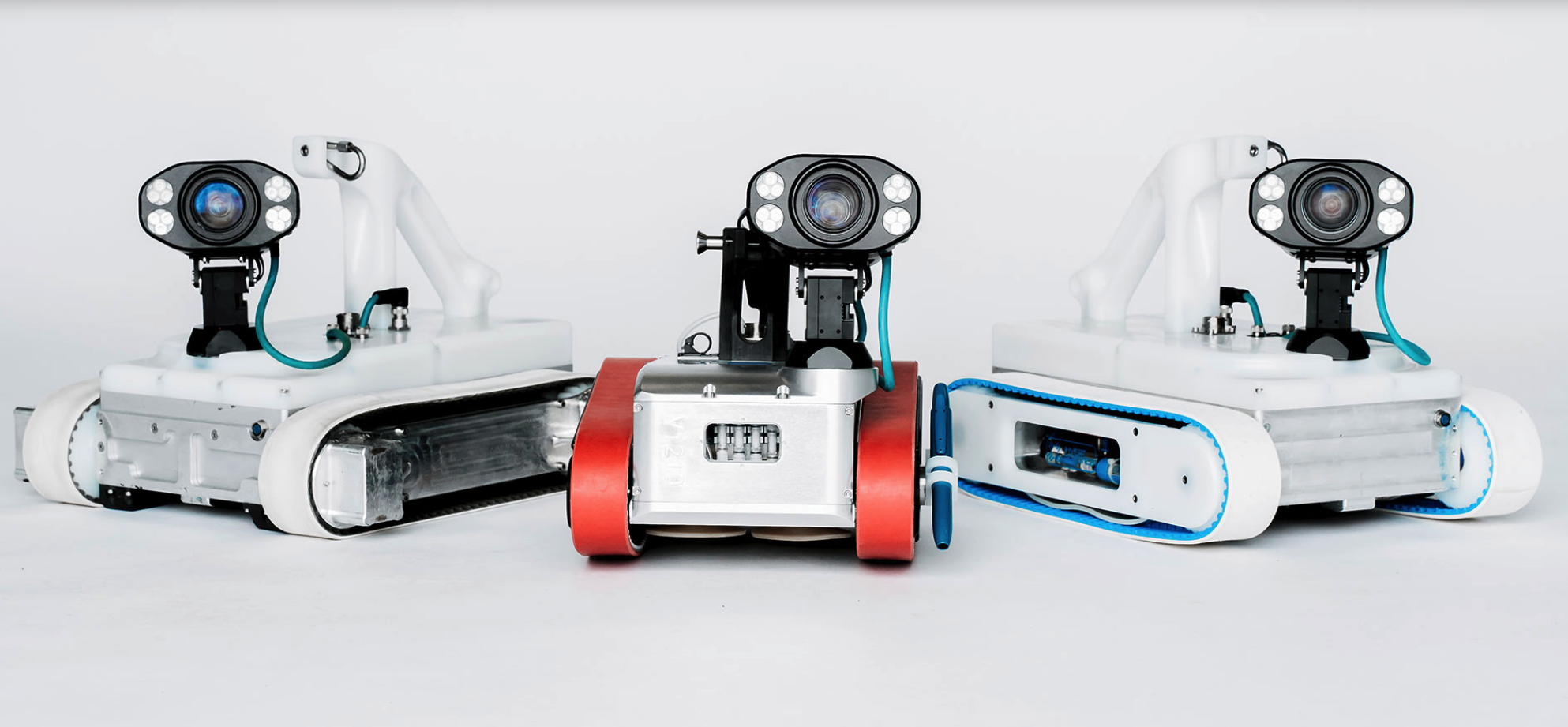Case Study: The Maintenance of Spray Dryers Utilizing a Robotic Solution

Spray dryers present a challenging inspection and repair cycle, normally requiring extended operational downtime, the erection of scaffolding and extensive confined space access. The need for a solution to negate the risk and length of time such an inspection takes was one that was ripe for a technology-led solution.
This was exactly the landscape that was presented when the largest, most advanced dairy processing plant in Europe approached technology specialist, Invert Robotics, to bring about a viable, real-world remedy to a long-standing problem.
The Challenge
The processing plant historically had to plan in a 9-day cycle to inspect and repair their spray dryers. This involved the erection of adequate scaffolding, excessive human entry and, of course, the cessation of asset use during the maintenance period. In addition to this, the health and safety implications of such inspections were also highly significant, as was the unavoidable aspect of human error.
The company was keen to reduce all the above, with the ideal scenario to reduce human risk as much as possible, shortening the maintenance period and therefore reducing the cost.
The Solution
Invert Robotics were delighted to deploy their V-series crawler inspection robot that could work in collaboration with rope-access inspection crews. This state-of-the-art piece of equipment is designed to remotely inspect vessels made from virtually any material, including stainless steel, the material in this situation.
The robot meant that inspectors could remotely find and localise both large and small defects, thanks to the integrated 30x optical zoom camera that makes for fine detail viewing. Once the areas were pinpointed, only then did human entry (via rope access) need to be made.
Removing the need for scaffold builders and inspectors to enter the vessel dramatically reduces the health and safety risk. The welders only need enter the confined space for the shortest amount of time, thanks to the accurate definition of the areas to repair. An additional advantage was that there was no danger of damage to the vulnerable stainless steel surface of the dryers that’s always a risk if it’s necessary to erect and dismantle scaffolding.
Using this robotic inspection method, the complete maintenance task was carried out in less than 24 hours – an incredible 8 days less than the usual cycle. The advantages of such a slick operation are highly valuable, both financially and in risk reduction.
The Future
Such robotic solutions are hitting the mainstream, thanks to the massive leaps forward in technology over the past decades. Integrated robot and NDT equipment is reducing timescales for inspection, increasing accuracy and making incredible headway in the health and safety stakes for human workers and inspectors.
Such tech is no longer something that operators can dismiss. The cost aspect alone means that those who fail to take advantage put themselves at a severe disadvantage compared to their competitors. The reality of operator-controlled and semi-autonomous deployment, such as these Invert Robotic crawlers, revolutionises the landscape of NDT testing.
And with the speed of technological advancement increasing by the year, it surely won’t be that long before we can welcome truly autonomous robots. We certainly live in exciting times…
Contact us to find out more about our range of robots or any of our other inspection products, or request a quote online.
Read more about our new robots here: Meet the New Robots
